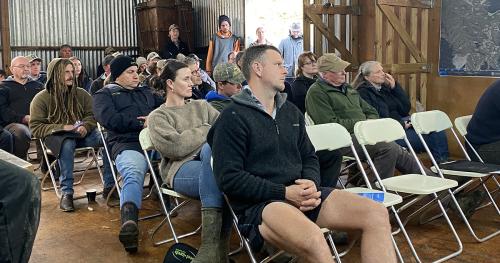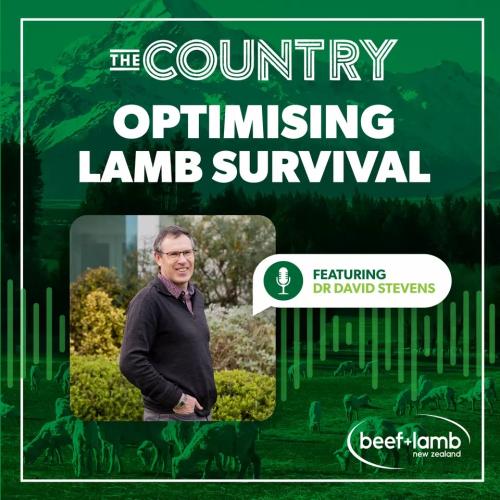Search results
Displaying 381 - 390 results of 897
- PodcastIn her first podcast she discussed issues for sheep flocks in autumn and early winter. This week in Part 2, she shares her advice on looking after cattle in autumn and winter, whether it be calves, …

- PodcastRob Davison, who has been at B+LNZ for over 40 years talks about why the Economic Service was formed back in 1950, how they go about their job and what they provide for our red meat industry. Much of …
- Editable PDFbt4 photopoint record data sheet use sheet record all data from each photopoint assessment location site name location date recorder camera type photo numbers gps coordinates compass bearing time …
- NewsOhineiti Station, B+LNZ’s Western North Island Hub Farm, is a platform for real-time learning and performance improvement. Farmers are welcomed at field days to share ideas and explore solutions. The …

- NewsWhangārei A&P Society’s Farm Intern Programme students have been learning how to handle cattle safely without stepping foot on a farm thanks to a new Virtual Reality (VR) module developed by Beef + …

- NewsThe highly anticipated Mystery Creek Fieldays took place 14–17 June in Hamilton. This year, B+LNZ once again joined forces with the Ministry for Primary Industries’ ‘Opportunity Grows Here’ …

- Editable PDFour plan integ rating native iversity 3 farm biodiversity assessment whole farm farm map mark number discrete areas native vegetation aerial photo your farm fill following assessment sheets each …
- Podcast… more lambs on the ground, and through to weaning, takes more than just good luck. …

- Factsheetenvironment select committee climate change response zero carbon amendment bill beef lamb new zealand ltd 1 submission environment select committee climate change response zero carbon amendment bill …
- Other PDFtechnical assessment impacts npsfm 2020 national bottom lines sheep beef farms report 2024001 iii authors michael greer contact michael greer principal scientist director torlesse environmental ltd …